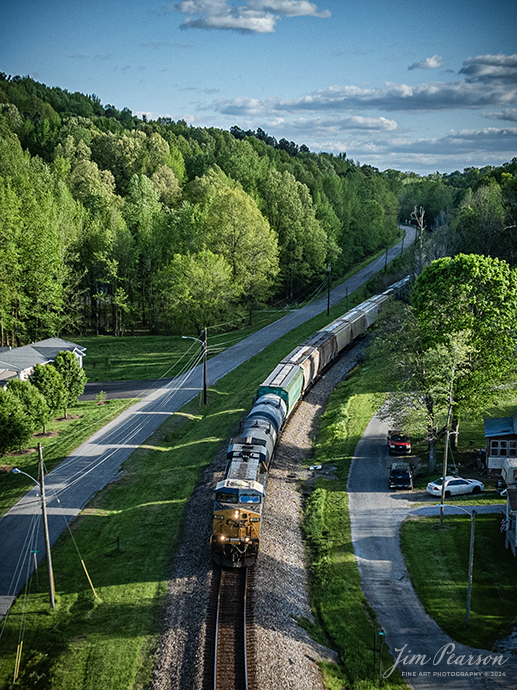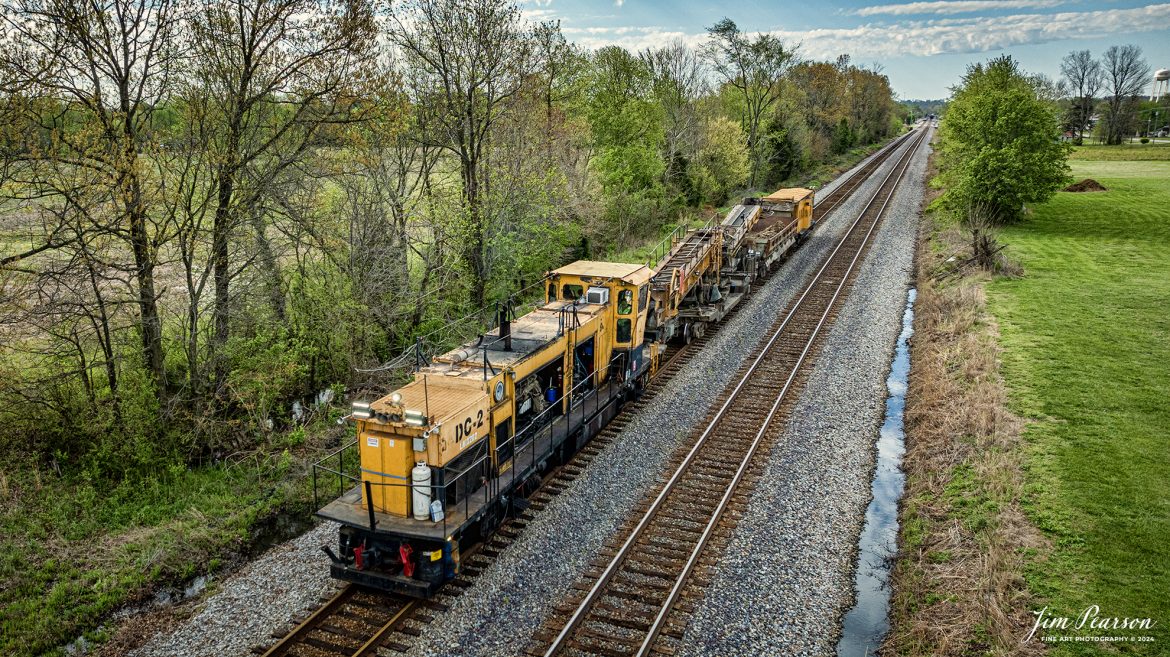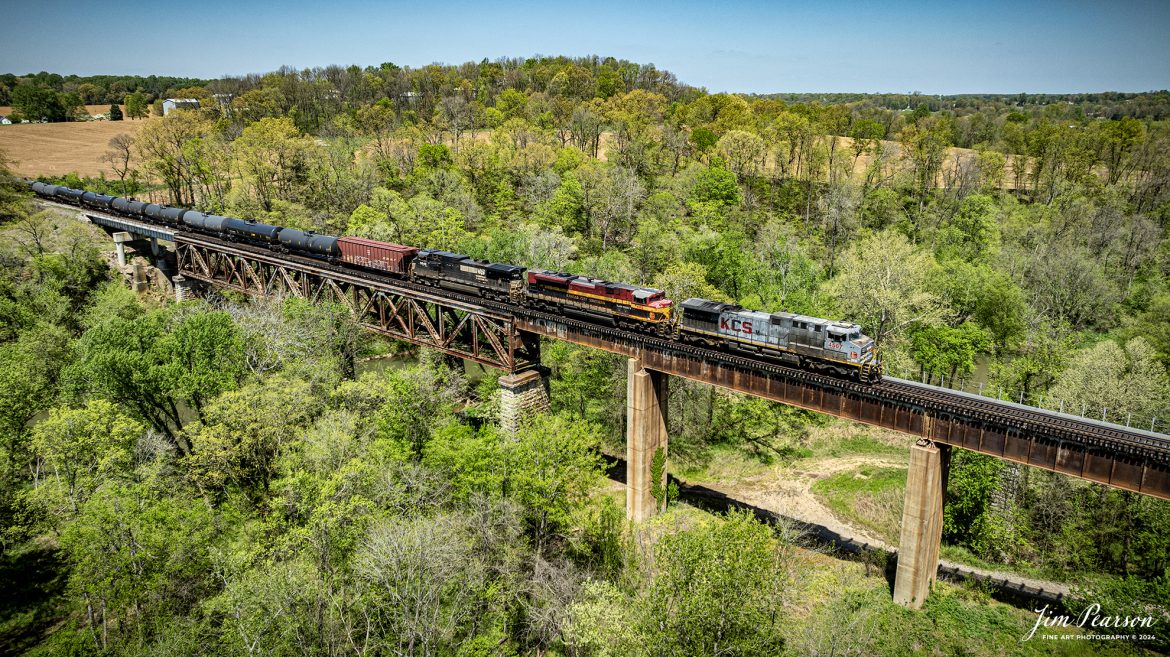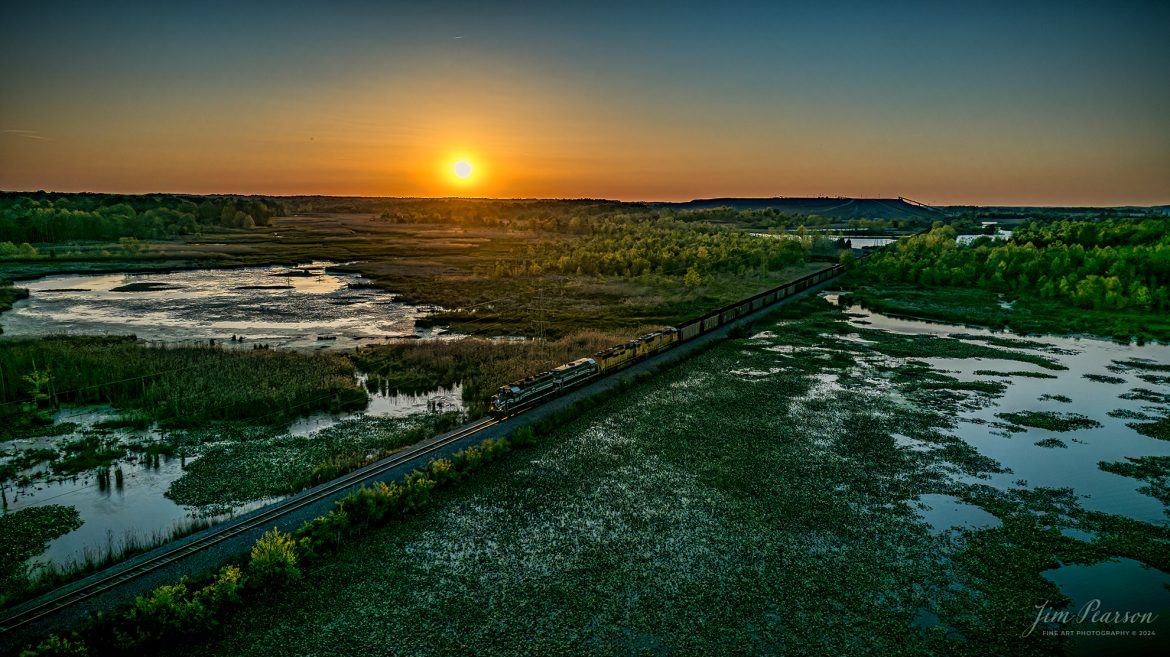A lady waits for the arrival of her train at the main train station in downtown Moscow, Russia sometime during the winter months of 1992. This image is from a slide scan that I shot while I was taking part in a military humanitarian called Provide Hope.
For awhile I was the non-commissioned officer in charge of the Air Force’s Electronic Imaging Center stationed at Aviano, Italy, where Combat Camera was tasked to document the Provide Hope operation. I was there for six months, and we flew missions in and out of the USSR. This was on one trip to Moscow where we spent a couple days in the country, documenting the delivery of supplies to an orphanage. Of course, during my off time, I made sure to visit the train station that was just outside our hotel!
According to Wikipedia: Operation Provide Hope was a humanitarian operation conducted by the U.S. Air Force to provide medical equipment to former Soviet republics during their transition to capitalism. The operation was announced by Secretary of State James A. Baker, III on January 22–23, 1992 and the initial shipment of supplies was sent on February 10, 1992. Twelve US Air Force C-5 and C-141 was carrying an estimated 500 tons of bulk-food rations and medicines into Moscow, St. Petersburg, Kyiv, Minsk, and Chisinau from Germany and Yerevan, Almaty, Dushanbe, Ashkhabad, Baku, Tashkent, and Bishkek from Turkey. In total, for nearly two weeks sixty-five missions flew 2,363 short tons (2,144 t) of food and medical supplies to 24 locations in the Commonwealth of Independent States during the initial phase of operation. Much of these supplies was left over from the buildup to the Persian Gulf War.
Small teams of US personnel from various government agencies (On-Site Inspection Agency, USAID, and USDA) had been placed in each destination shortly before the deliveries, to coordinate with local officials and to monitor to the best extent possible that the deliveries reached the intended recipients (i.e., orphanages, hospitals, soup kitchens, and needy families).
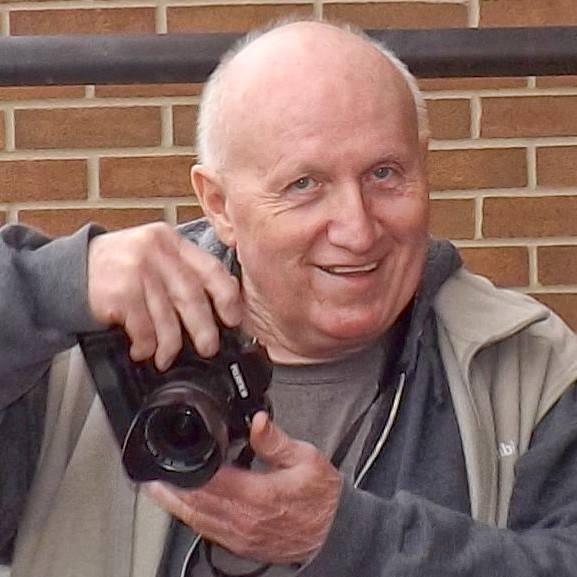
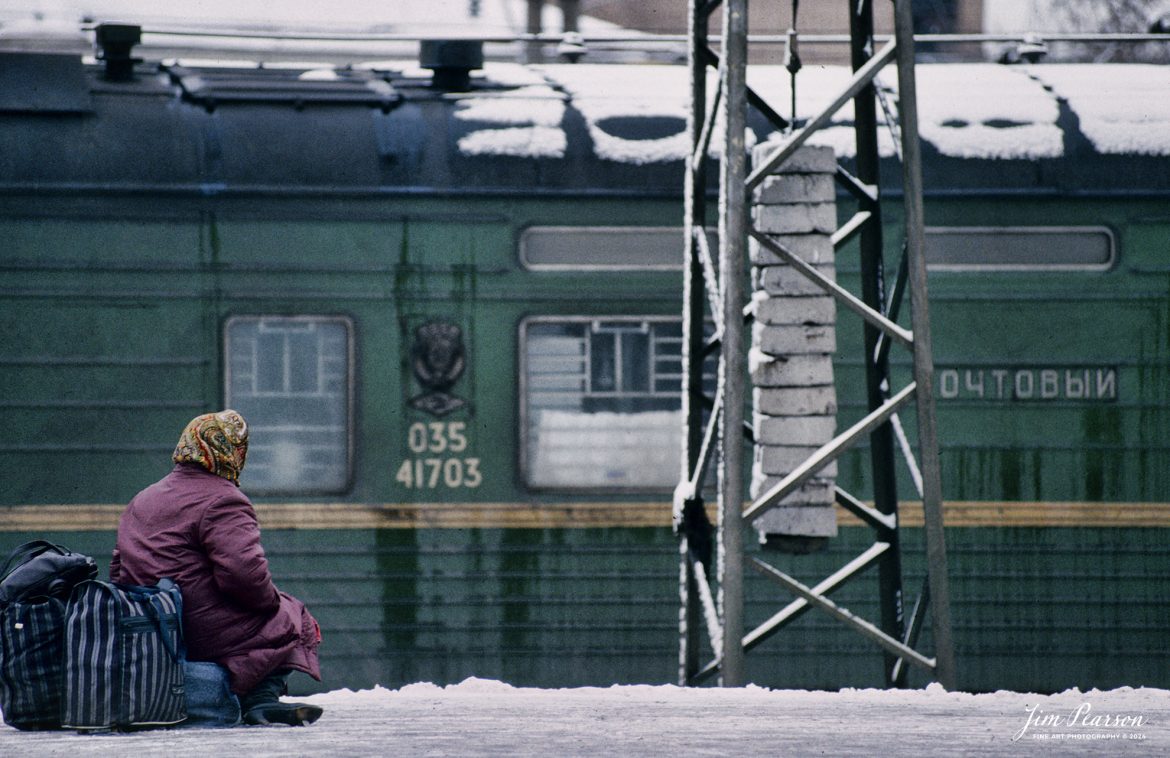
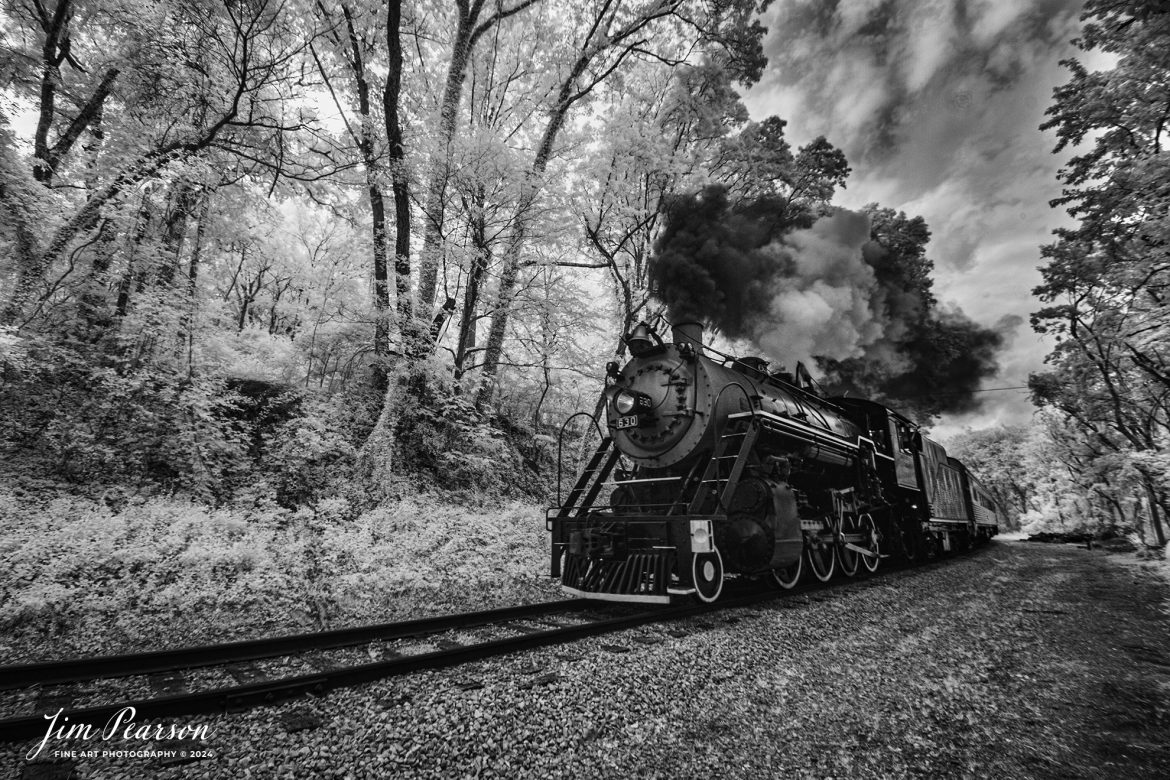

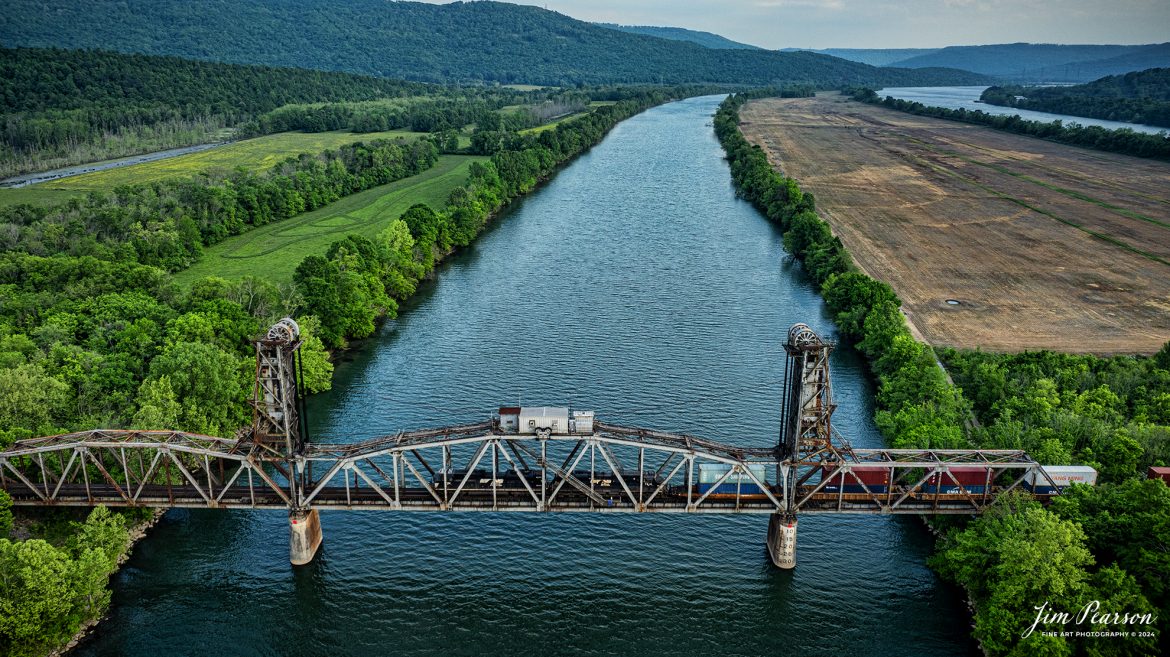
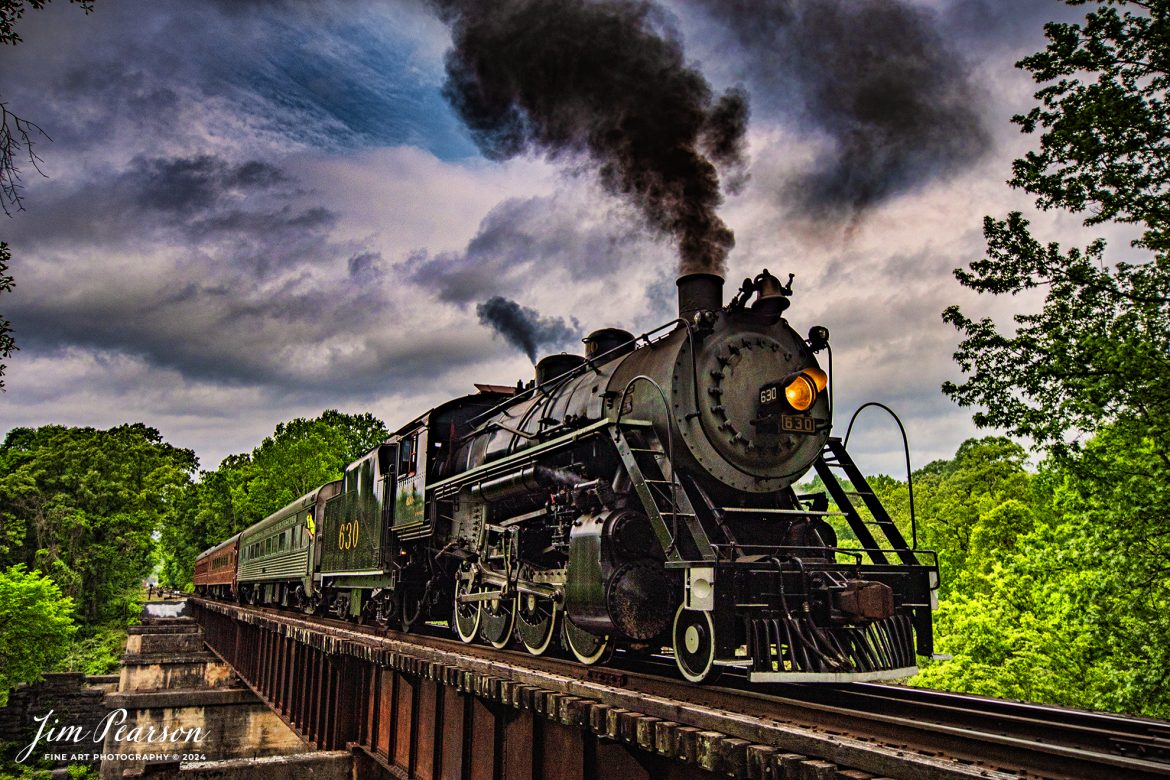
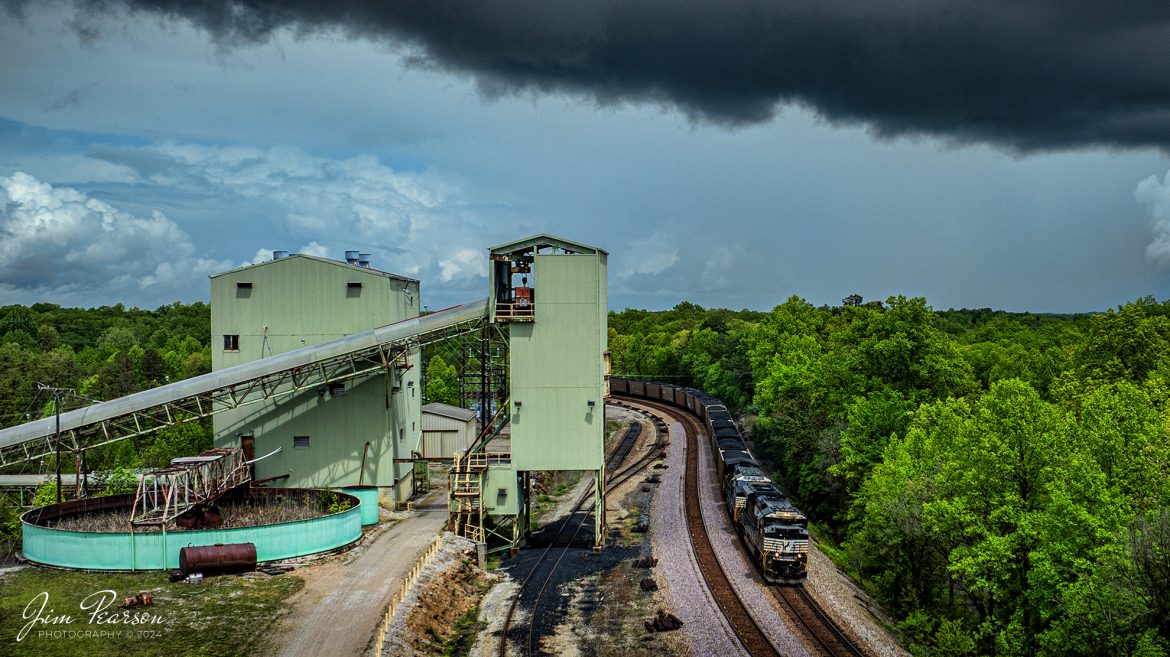

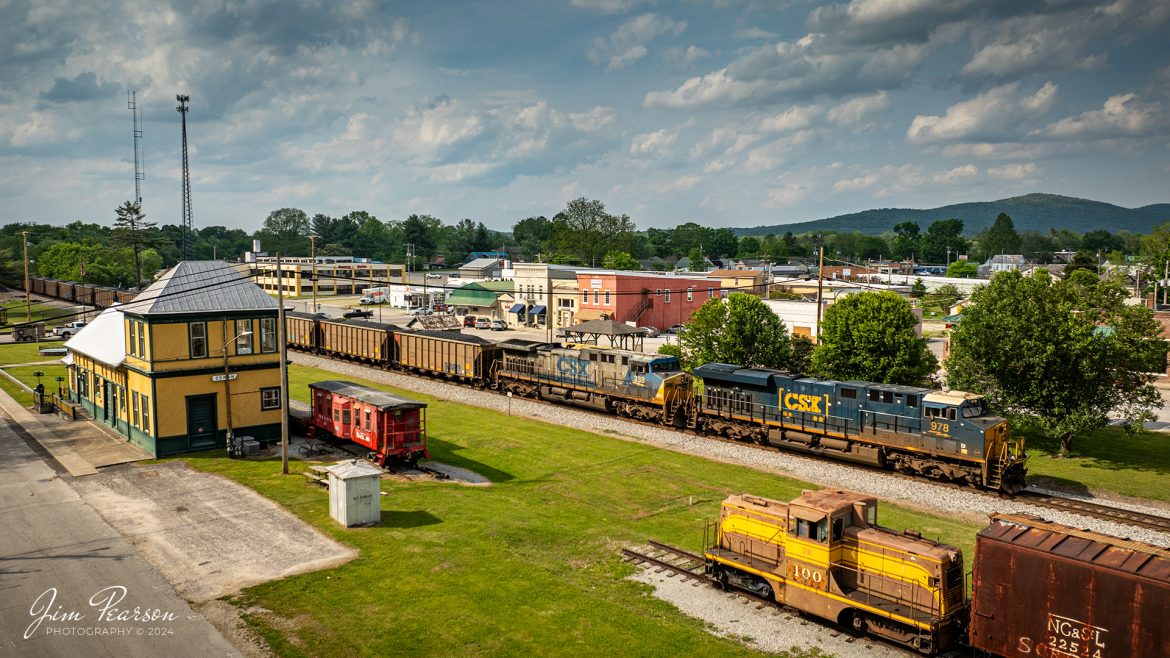
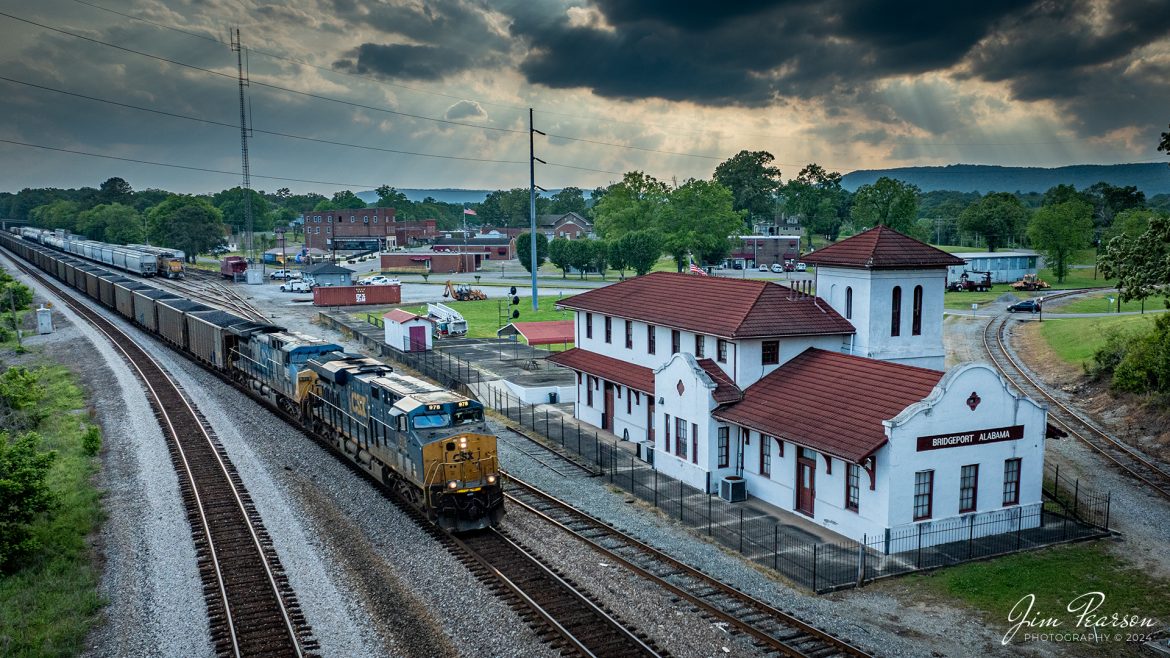
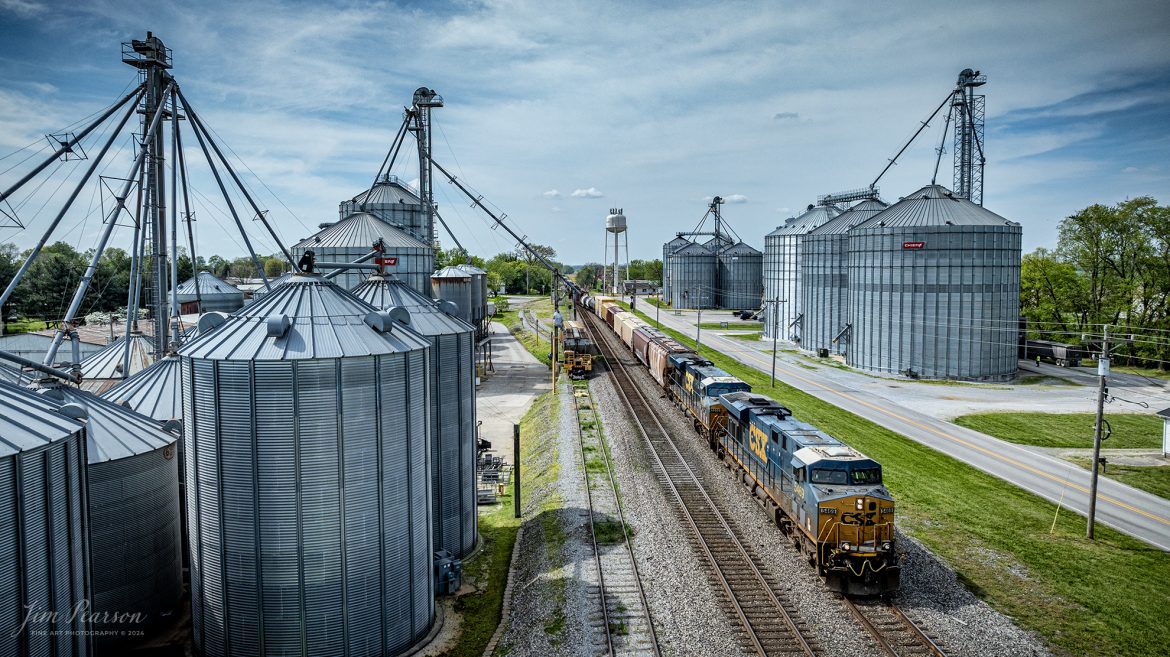
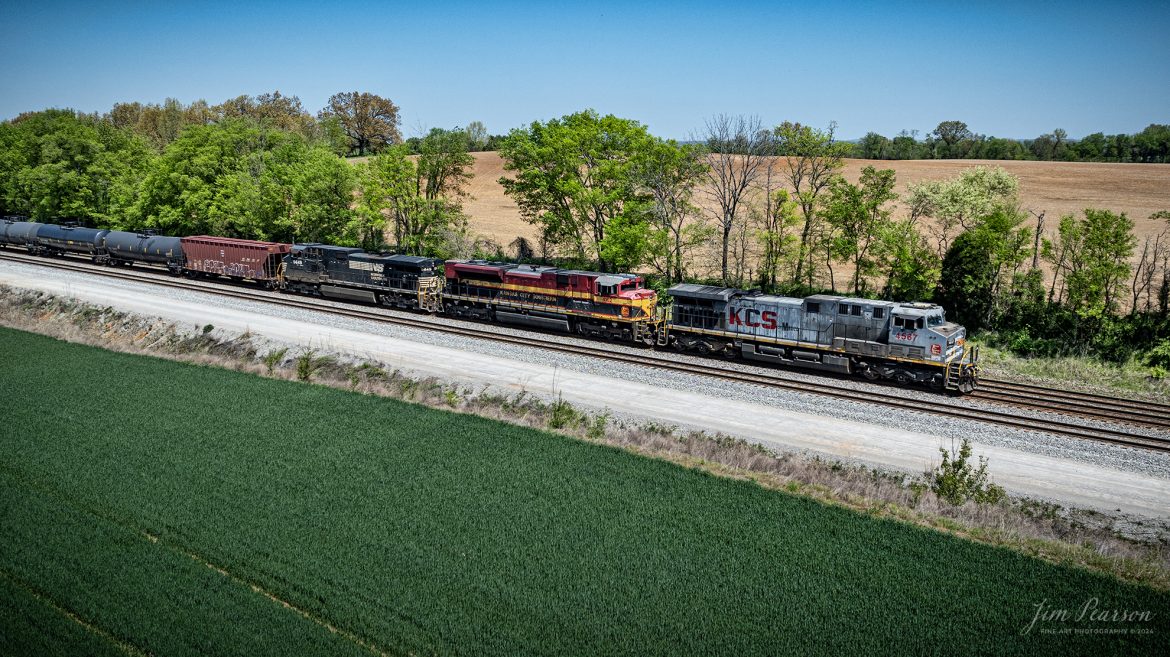
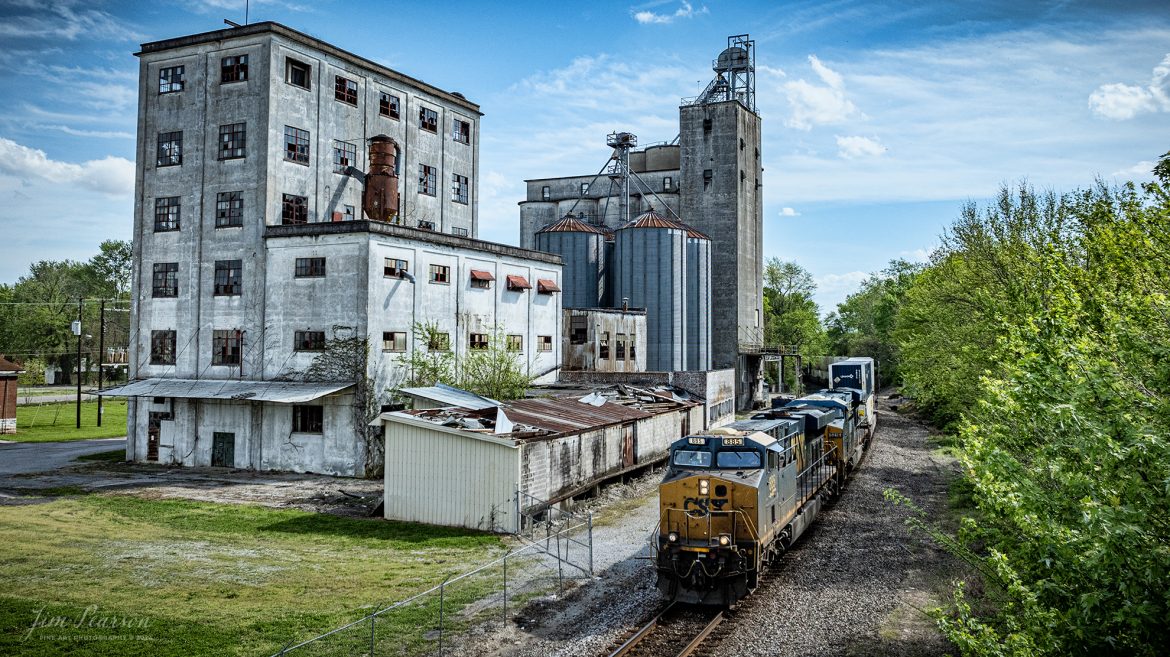
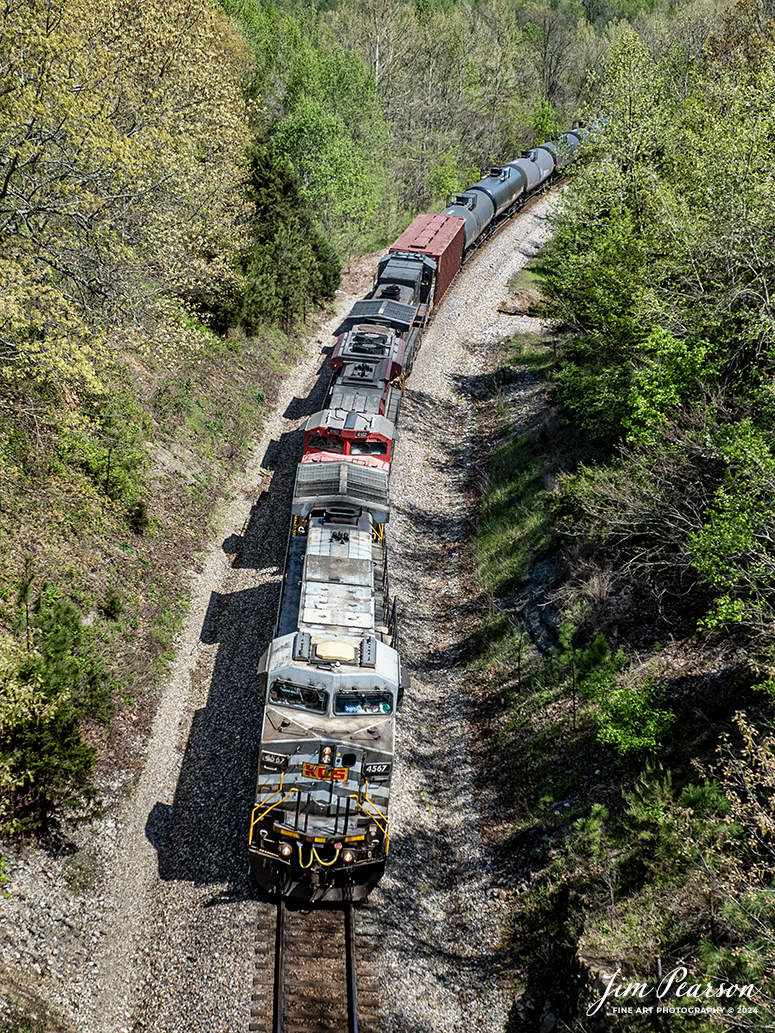
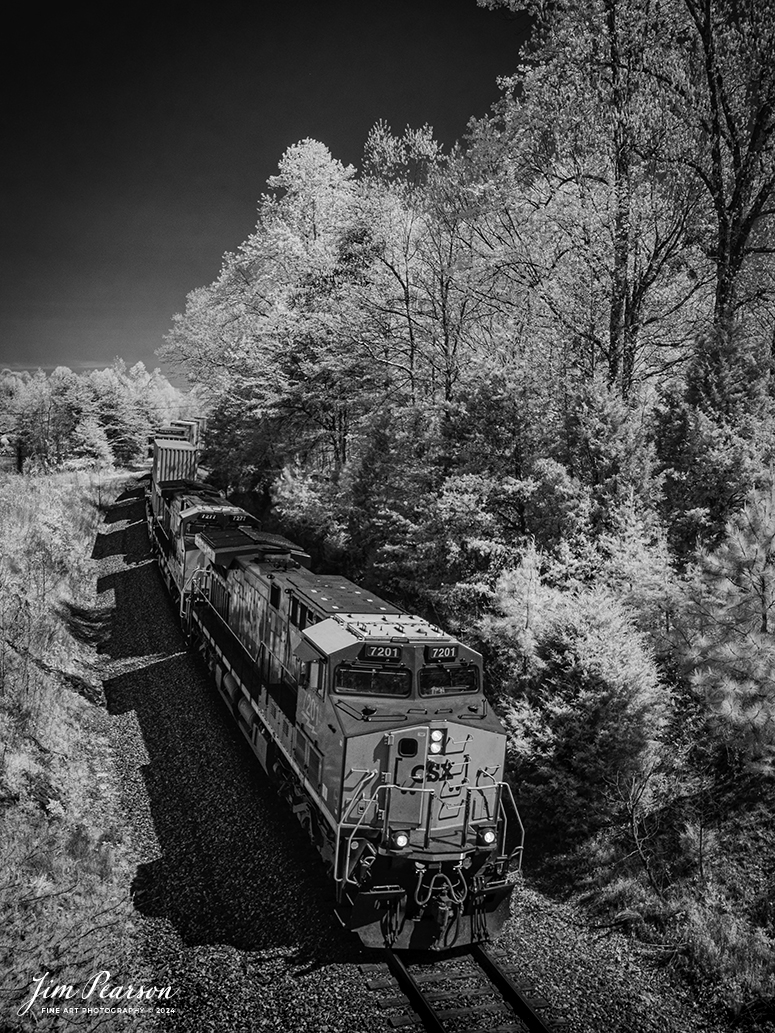
![A Loram Rail grinder makes its way through the Cajon Pass in Southern California in April of 1995.
I spent a lot of years railfanning the pass between 1981 and 1995! It's a great place to catch trains and I've been back several times over the years since then.
In fact I'm headed back again this coming September for a week or so to see how much it has changed since I was last there several years ago. In fact, it was before I had a drone, so I'm really looking forward to railfanning from the air this next trip!
According to Wikipedia: Cajon Pass is a mountain pass between the San Bernardino Mountains to the east and the San Gabriel Mountains to the west in Southern California. Created by the movements of the San Andreas Fault, it has an elevation of 3,777 ft (1,151 m).[1] Located in the Mojave Desert, the pass is an important link from the Greater San Bernardino Area to the Victor Valley, and northeast to Las Vegas. The Cajon Pass area is on the Pacific Crest Trail.
Cajon Pass is at the head of Horsethief Canyon, traversed by California State Route 138 and railroad tracks owned by BNSF Railway and Union Pacific Railroad. Improvements in 1972 reduced the railroad's maximum elevation from about 3,829 to 3,777 feet (1,167 to 1,151 m) while reducing curvature. Interstate 15 does not traverse Cajon Pass, but rather the nearby Cajon Summit. The entire area, Cajon Pass and Cajon Summit, is often referred to as Cajon Pass, but a distinction is made between Cajon Pass and Cajon Summit.
Nikon F3 Camera, Nikon 300mm lens, f/stop and shutter speed not recorded](http://www.jimpearsonphotography.com/wp-content/uploads/2024/04/WEB-04.1995-LoRam-in-Cajon-Pass-1170x762.jpg)
